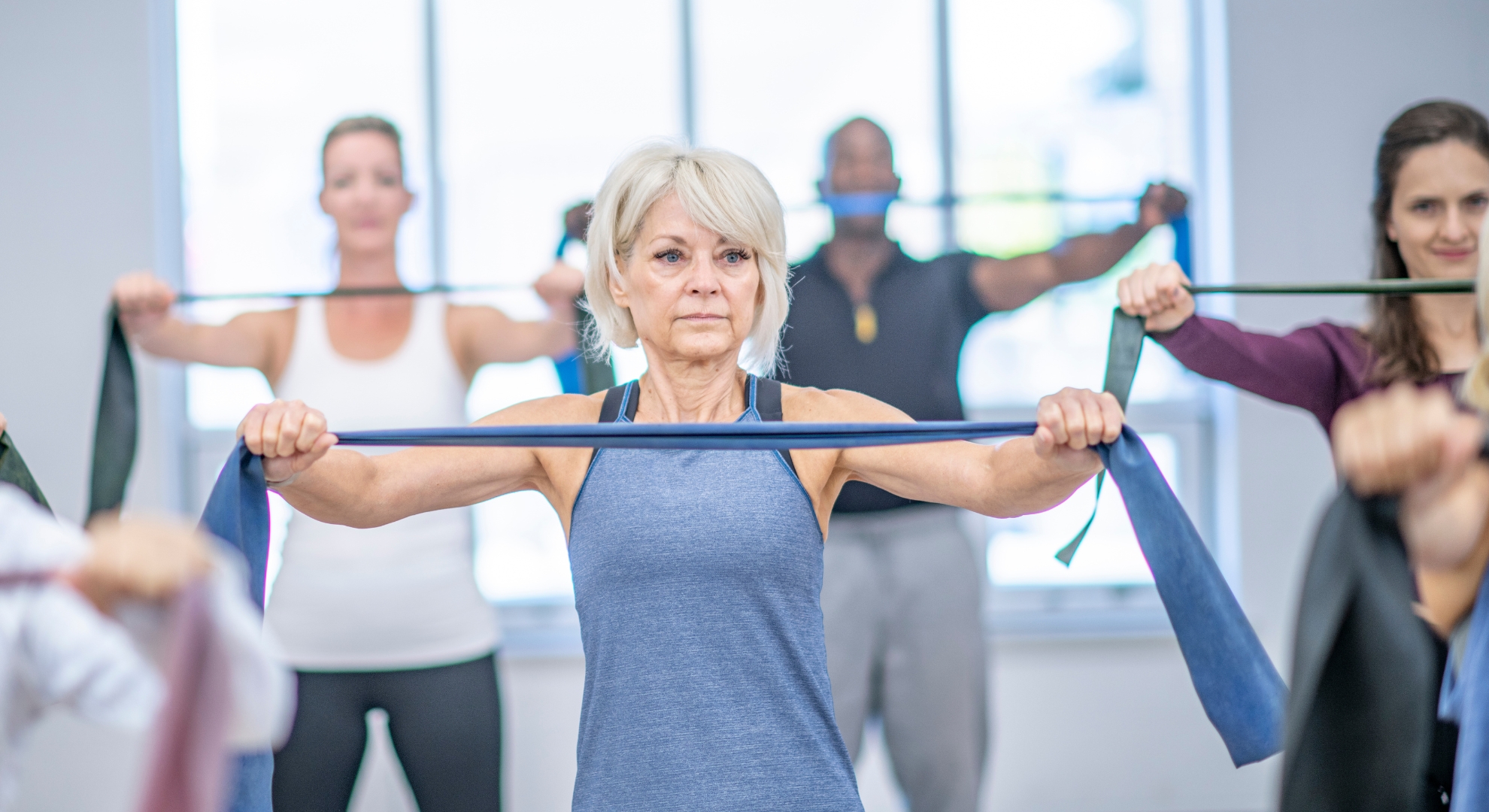
Staying active is essential at any age, but for seniors, regular exercise and physical activity are crucial components of a healthy lifestyle. Engaging in appropriate exercises can enhance mobility, improve mental health, and increase overall quality of life. This article explores the benefits of exercise for seniors, the types of activities that are most suitable, safety considerations, and how Caring Shepherd can support seniors in maintaining an active lifestyle.
As we age, our bodies naturally undergo changes such as decreased muscle mass, reduced bone density, and slower metabolism. Regular physical activity can help counteract these effects by:
A well-rounded exercise program for seniors should include four key components: aerobic activity, strength training, flexibility exercises, and balance training.
These activities increase heart rate and breathing, improving cardiovascular health.
Walking: A simple and accessible form of exercise that can be adjusted to individual fitness levels.
Swimming or Water Aerobics: Low-impact options that are gentle on joints while providing resistance.
Cycling: Using a stationary bike or cycling outdoors enhances leg strength and endurance.
Dancing: Fun and engaging, dancing improves coordination and stamina.
Building muscle mass helps with daily activities and metabolic health.
Bodyweight Exercises: Simple movements like squats, lunges, and wall push-ups using one’s own body weight.
Resistance Bands: Portable and versatile, resistance bands provide varying levels of difficulty.
Light Weightlifting: Using light dumbbells to perform exercises targeting major muscle groups.Flexibility Exercises
Enhancing flexibility reduces stiffness and improves the range of motion.
Stretching: Gentle stretches for major muscle groups, held for 15-30 seconds without bouncing.
Yoga: Focuses on flexibility, balance, and mindfulness. Chair yoga is a suitable modification.
Tai Chi: A series of slow, flowing movements that promote flexibility and relaxation.
Improving balance reduces the risk of falls, a common concern for seniors.
Standing on One Foot: Holding onto a chair for support if needed.
Heel-to-Toe Walk: Walking in a straight line, placing the heel of one foot directly in front of the toes of the other.
Balance Classes: Specialized classes that focus on exercises to enhance stability.
Developing a personalized exercise plan ensures that activities are appropriate and enjoyable.
Consult with Healthcare Providers
Set Realistic Goals
Incorporate Variety
Ensuring safety during physical activity is paramount.
Seniors may face challenges that hinder regular exercise.
Physical Limitations
Motivation
Access to Facilities
Exercise contributes significantly to mental health.
At Caring Shepherd, we recognize the vital role that physical activity plays in seniors’ health and happiness. Our compassionate caregivers are dedicated to supporting seniors in incorporating exercise into their daily routines safely and enjoyably.
Our Services Include:
Regular exercise and physical activity are cornerstones of healthy aging. They offer numerous benefits that enhance not only physical health but also mental and emotional well-being. By engaging in appropriate exercises, seniors can maintain independence, prevent health complications, and enjoy a higher quality of life.
While starting or maintaining an exercise routine may seem challenging, the support of professional caregivers like those at Caring Shepherd can make the journey smoother and more enjoyable. We are committed to empowering seniors to lead active, fulfilling lives.
Contact us today to learn how we can assist you or your loved ones in embracing the benefits of exercise and physical activity.
Disclaimer:
This article is for informational purposes only and does not constitute medical advice. Please consult with a healthcare professional before starting any new exercise program.
Committed to Excellence in Every Aspect of Care – Caring Shepherd: Your Partner in Health and Well-being
Follow Us On:
Ready to Experience Compassionate Care? Connect with Caring Shepherd Today for Personalized Support and Care Solutions. Contact Us Now!
© 2024 Caring Shepherd. All Rights Reserved.